The Role Of Visual Prompts In Building Daily Habits For Autism
Understanding the Power of Visual Supports in Autism Care
Visual prompts are vital tools in assisting children with autism to develop structured daily routines. These supports leverage their strengths in visual processing to foster independence, reduce anxiety, and improve communication. This article explores how visual schedules and cues serve as foundational elements for building positive daily habits and supporting overall development in children with autism.
Overview of Visual Supports in Autism
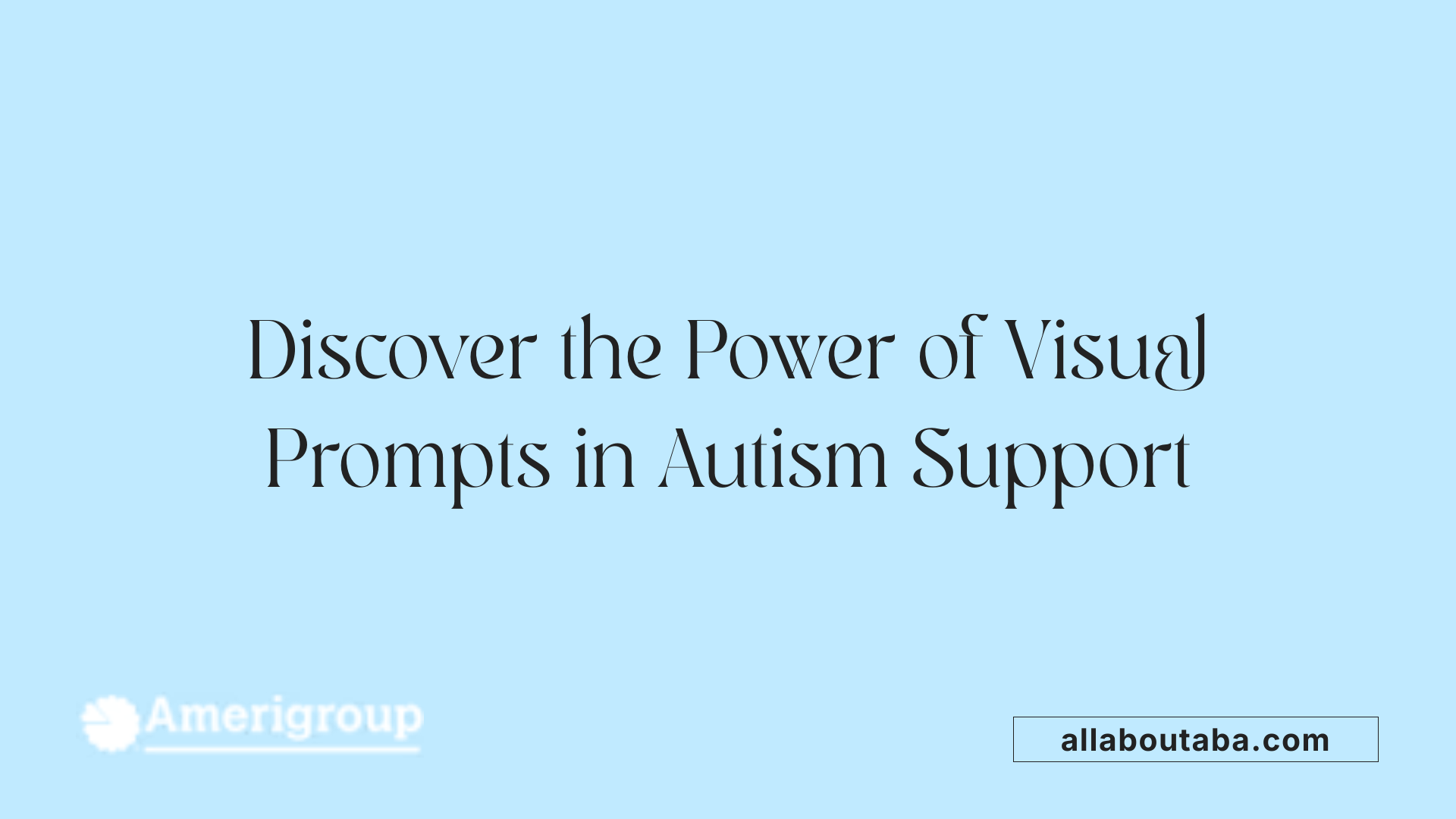
What are visual prompts for autism?
Visual prompts for autism are non-verbal tools that aid children in understanding and communicating by providing visual cues. These tools include images, pictures, or visual items that help children process information and express themselves more effectively.
Examples of visual supports include picture schedules, emotion charts, communication boards, and social stories. These aids are designed to be engaging and straightforward, offering a constant visual reference that caters to the way many children with autism process information.
Picture schedules are particularly useful, as they visually outline daily routines and activities, helping children understand what to expect. Emotion charts help children recognize and communicate feelings, fostering emotional awareness and regulation.
Communication boards and augmentative communication devices support speech development by enabling children to select images or icons to express needs, preferences, or responses.
These visual tools not only improve communication but also support social interaction skills. They reduce frustration and anxiety by providing structure and clarity, making daily life more predictable.
Visual prompts are part of a broader set of visual supports recommended by organizations like the Vanderbilt Kennedy Center. These resources offer tailored strategies for different ages and individual needs. Child life specialists frequently use these supports in healthcare and educational contexts to promote engagement and comfort for children with autism.
In summary, visual prompts are essential components of autism support strategies, helping children navigate their environment, communicate effectively, and develop greater independence. Usage of such supports is supported by extensive research and expert recommendations as highly effective tools in autism interventions.
Impact of Visual Planning on Daily Life

How does visual planning impact an autistic child's daily life?
Visual planning plays a crucial role in improving the daily experiences of children with autism. By providing clear, visual-based routines, children gain a better understanding of their day, which reduces confusion and helps them anticipate what comes next. Visual schedules, which may include pictures, symbols, or written words, serve as a concrete guide that outlines daily activities and transitions. This predictability makes transitions between activities smoother and more manageable.
These tools also foster independence. Children learn to manage their own tasks, such as getting dressed or preparing for bed, with less adult assistance. This sense of autonomy boosts confidence and promotes skill development across various areas.
Importantly, visual planning helps decrease stress and anxiety. Knowing what to expect reduces uncertainty, which is often a source of distress for children with autism. Visual supports provide a sense of control over their environment and daily routines, making experiences more predictable and less overwhelming.
In practical terms, whether through physical visual schedules or digital apps like Choiceworks or Boardmaker, these strategies create a structured, stable environment. They not only aid in behavioral regulation but also support learning, social interaction, and overall comfort. Implementing consistent visual planning methods helps children navigate their world with greater ease and confidence, leading to improved well-being and development.
Structured Routines and Their Significance
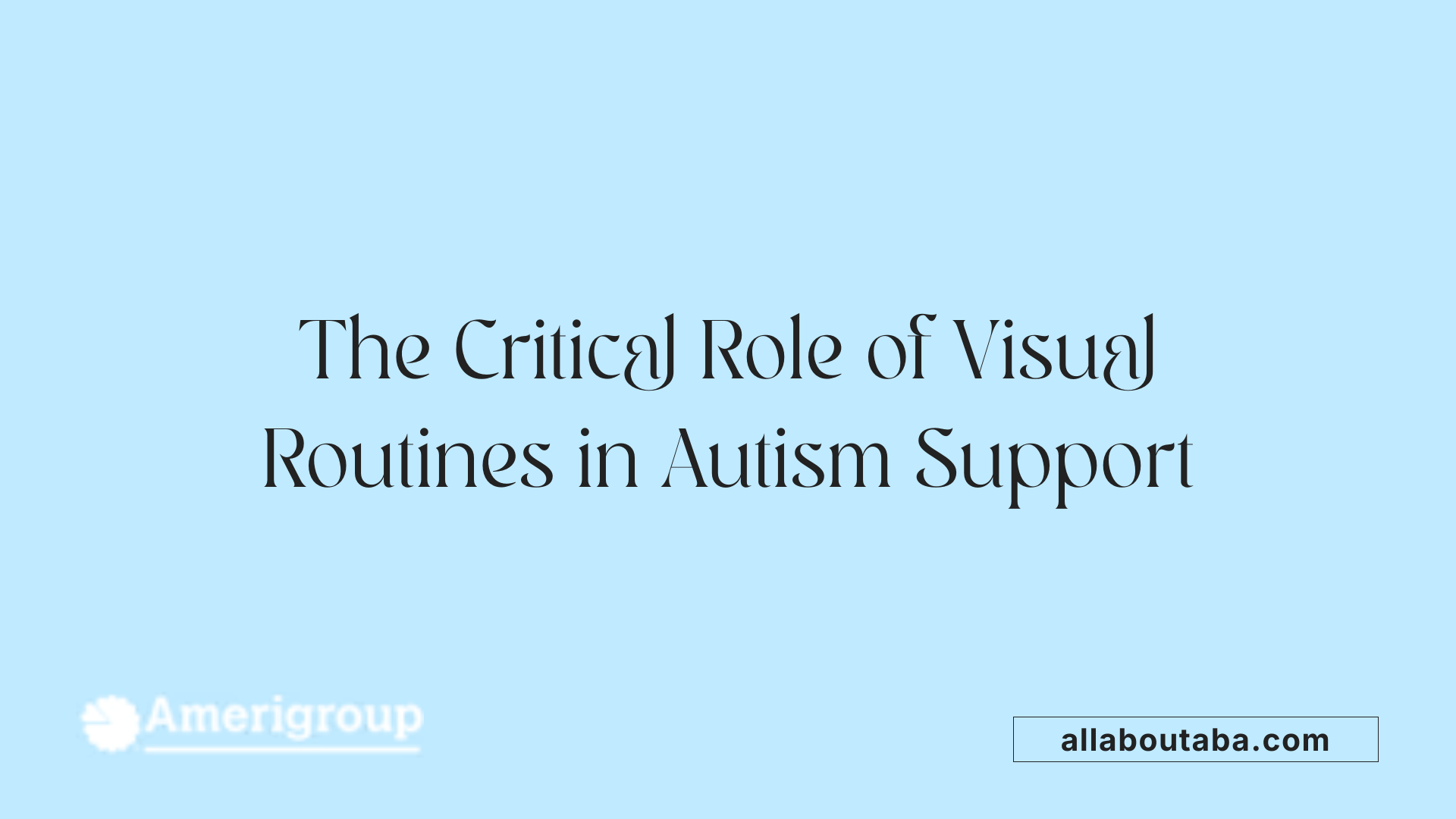
Why are visual structured routines important for children with autism?
For children with autism, establishing visual routines plays a crucial role in supporting their daily life and development. Visual schedules and routines act as a visual 'roadmap' that clearly outlines the sequence of daily activities through pictures, symbols, or words. This clarity helps children understand what to expect throughout their day, reducing feelings of confusion and uncertainty.
Predictability is fundamental to creating a sense of security for children with autism. When routines are consistent, children are less likely to feel overwhelmed by unexpected changes, which in turn can lower anxiety levels. This stability supports emotional regulation, allowing children to better manage their feelings and behaviors.
Visual routines make transitions between activities smoother by providing advance notice and a visual cue that a change is upcoming. Timers, countdowns, and visual prompts prepare children mentally and physically for these shifts, promoting adaptability and reducing resistance.
In addition to emotional benefits, visual routines enhance communication skills. They help children comprehend instructions more effectively and grasp social concepts by offering concrete visual supports. As a result, children become more independent in managing their tasks, engaging with peers, and participating in daily activities.
The positive impacts extend to behavior management, with routine consistency helping reduce disruptive behaviors linked to unpredictability. Overall, integrating visual routines into daily life fosters a supportive environment where children with autism can thrive—improving their emotional well-being, social skills, and overall development.
Types of Visual Supports and Their Uses

What are the different types of visual supports used for individuals with autism?
There are various visual tools designed to help children with autism better understand and navigate their daily environments. Some common types include PECS (Picture Exchange Communication System), emotion and feeling charts, visual boards, timetable cards, and social stories.
PECS allows children to exchange pictures to communicate their needs, fostering independent communication. Emotion charts help children identify and express their feelings, reducing frustration and supporting emotional regulation. Visual boards serve as central reference points for daily activities, expectations, and choices.
Timetable cards visually outline a child's daily schedule, depicting activities with pictures, symbols, or words, which helps in understanding sequence and transitions. Social stories use tailored narratives and images to prepare children for upcoming events or routines, making unfamiliar situations more predictable.
How do we match visual supports to individual developmental needs?
Matching visual supports to a child's specific needs involves assessing their current skills, preferences, sensitivities, and developmental stage. For younger children or those just beginning to communicate, simple picture cards or visual cues might be appropriate.
More advanced learners or those with stronger language skills might benefit from detailed visual boards and social stories that provide context and complex information.
Involving specialists and caregivers ensures the supports are tailored effectively. Observing how a child responds to different visuals guides adjustments, ensuring that the visual supports remain relevant and helpful as their needs evolve.
Using a variety of visual tools, from basic picture symbols to interactive digital apps, helps promote understanding, independence, and smoother transitions, ultimately enhancing daily functioning and social interaction for children with autism.
Strategies for Implementing Visual Prompts Effectively
Steps for assessing needs and choosing visuals
Implementing visual supports begins with understanding the individual child's unique needs. This involves observing their daily routines, preferences, sensitivities, and communication styles. Based on these observations, caregivers and educators can select appropriate visuals, such as pictures, symbols, or written words, that best resonate with the child's comprehension level. For example, a child struggling with routines might benefit from picture schedules depicting daily activities, while another who has difficulty understanding emotions could use emotion charts. Tailoring visuals to each child's developmental stage and specific needs ensures that supports are effective and meaningful.
Considering the environment and the child's preferred learning style also guides the choice of visuals. Using pictures that are clear, simple, and easily recognizable helps children process information more effectively. Tools like PECS (Picture Exchange Communication System), emotion and feeling charts, or visual boards are popular choices. Accessibility can be enhanced by incorporating technology, such as apps, which allow dynamic and interactive visuals. Regularly updating and customizing visuals ensures they stay relevant and continue to support the child's growth.
Gradual introduction and consistency
Introducing visual supports gradually helps children adapt and learn to rely on them confidently. Start by familiarizing the child with individual visuals or symbols in a quiet, low-pressure setting. Once they become comfortable, incorporate these visuals into daily routines, explaining their purpose clearly and consistently.
Consistency is crucial. Using the same visuals across different settings (home, school, therapy) helps reinforce learning and creates a predictable environment. Establishing a routine with visual schedules that depict the sequence of daily activities allows the child to anticipate what comes next, reducing anxiety. Clear, concise instructions paired with visual cues promote understanding and ease transitions.
Maintaining consistency in timing is also important. For example, adhering to regular meal and activity times creates a predictable structure, fostering a sense of security. Using timers or countdowns as visual cues can prepare children for upcoming transitions, making changes smoother. Over time, gradually adjusting the duration of these timers can help develop flexibility and better coping skills.
Involving family and professionals for tailored support
Successful implementation often requires a team effort. Involving family members, educators, therapists, and other professionals ensures that visual supports are consistently applied and tailored to the child's evolving needs. Collaboration allows for sharing insights, observing the child's responses, and adjusting visuals accordingly.
Family involvement is particularly vital, as it helps reinforce routines and visuals at home, providing continuity across environments. Professionals can guide caregivers in selecting, introducing, and managing visual supports effectively, providing training when necessary.
Regular assessments and feedback sessions help fine-tune visual strategies, ensuring they remain aligned with the child's progress. This collaborative approach not only makes the interventions more personalized but also promotes a unified understanding and consistent support system, which is essential for fostering independence and reducing anxiety in children with autism.
Enhancing Communication and Independence
Why are visual supports important for individuals with autism?
Visual supports are essential tools that leverage the strengths of children with autism, many of whom are visual learners. These supports include picture cards, communication boards, and augmentative and alternative communication (AAC) devices, which serve as non-verbal cues to aid in understanding and expressing needs.
They help clarify routines and instructions, making them more concrete and easier to follow. By providing a visual reference, these supports reduce confusion and frustration, fostering a sense of predictability and security. This, in turn, can lower anxiety levels and promote emotional regulation.
Visual supports also play a crucial role in developing independence. They break down complex tasks into manageable steps, guiding children through daily activities without constant adult intervention. Additionally, by reinforcing spoken language with visual cues, they support language development and improve communication skills.
Consistent use of visual supports creates a structured environment where children learn to navigate transitions smoothly. They help children anticipate upcoming changes, which can be particularly beneficial in managing behaviors.
Ultimately, tailored visual supports empower children with autism to interact more effectively with their environment, foster autonomy, and enjoy a higher quality of life. When employed thoughtfully and consistently, these tools are proven to enhance learning, social skills, and emotional wellbeing.
Role of Technology in Visual Supports
How do digital tools like apps (Choiceworks, Boardmaker) assist children with autism?
Digital tools such as Choiceworks and Boardmaker provide innovative ways to create visual schedules and communication boards that are customizable to each child's needs. These apps enable caregivers and educators to easily design and update visual supports, allowing for dynamic and interactive learning experiences.
What are the benefits of using interactive and accessible visual schedules?
Interactive visual schedules enhance engagement by allowing children to actively participate in their routines. These schedules can be accessed on tablets or computers, making them highly portable and easily adaptable. Accessibility features ensure that children with varying abilities can use these tools effectively, promoting independence and reducing stress.
How does integrating technology support ongoing routines?
Technology seamlessly incorporates visual supports into daily routines by providing consistent, clear cues for transitions and activities. Digital schedules can send reminders, incorporate timers, and track progress, all of which help children anticipate upcoming events and adjust more comfortably to changes. This integration fosters a structured environment where children feel secure and more in control.
| Tool Type | Functionality | Benefits | Use Cases |
|---|---|---|---|
| Apps (Choiceworks, Boardmaker) | Custom visual schedules, communication boards | Personalizable, interactive, easy to update | Daily routines, social skills, behavioral support |
| Timers and countdown apps | Signal transitions, manage time | Help children prepare for change | Transitions between activities, finishing tasks |
| Digital behavior tracking | Monitor progress and patterns | Inform tailored interventions | Reinforcing positive behavior, identifying triggers |
Digital visual supports have become an essential component of autism education and therapy, providing flexible, engaging, and effective ways to promote understanding, independence, and well-being.
Review and Adjust Routines for Optimal Outcomes
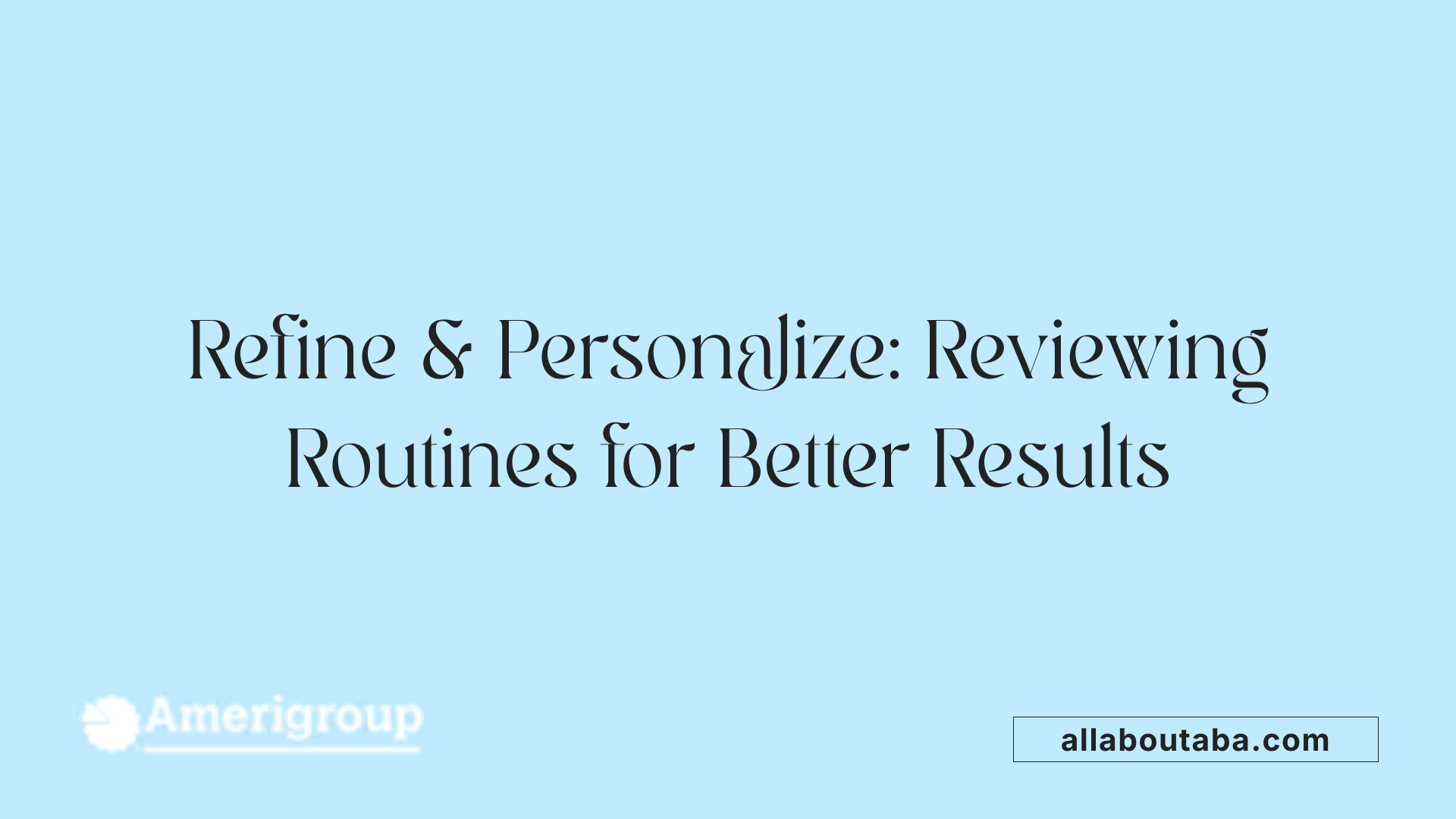
Why is feedback and ongoing evaluation important?
Regularly reviewing routines is crucial in supporting children with autism effectively. Listening to feedback from both the child and caregivers helps identify what works well and what needs improvement. Continuous assessment allows for adjustments that match the child's changing needs and developmental progress.
Parents, teachers, and specialists can observe how the routines impact behavior and engagement. If a routine causes frustration or anxiety, it can be modified to better suit the child's preferences and sensitivities. This dynamic approach ensures that routines remain beneficial and supportive.
How can routines be personalized to meet evolving needs?
Every child with autism is unique, which makes personalizing routines essential. As children grow, their interests, strengths, and challenges change. Routines should adapt accordingly for maximum effectiveness.
Personalization involves considering the child's preferences, sensory sensitivities, and developmental stage. For example, incorporating favorite activities or adjusting the difficulty level of tasks can keep routines engaging. Making routines flexible enough to accommodate changes fosters a sense of control and confidence in children.
What strategies help maintain engagement and motivation?
Keeping routines interesting encourages children to participate willingly. Using visual supports like pictures, timers, or social stories can make transitions clearer and less stressful.
Integrating preferred activities, such as games or hobbies, within routines not only motivates children but also builds positive associations. Celebrating small successes and providing positive reinforcement promotes sustained participation.
Offering choices within routines empowers children, boosting their independence and sense of autonomy. Additionally, gradually introducing new elements and maintaining consistency help sustain motivation.
In summary, ongoing evaluation, personal tailoring, and engaging strategies are vital to creating routines that support learning, independence, and emotional well-being for children with autism.
Creating a Supportive Environment with Visual Supports
Sensory considerations and environmental modifications
Creating an autism-friendly environment involves adjusting sensory elements to reduce overload and promote comfort. Sensory triggers like loud noises, bright lights, and strong smells can overwhelm children with autism, making it difficult for them to focus or feel secure. Modifying these elements—such as using soft lighting, soundproofing areas, or calming scents—helps create a more accommodating space.
Incorporating visual supports into the environment can also enhance understanding and reduce anxiety. Visual cues, like picture signs and visual schedules, serve as constant references that guide children through daily routines and transitions, making their environment more predictable and less stressful.
Designing calming spaces like a calm down corner
A dedicated calm down corner offers children a safe place to self-regulate when they feel overwhelmed. This space should be equipped with sensory-friendly items—such as soft textures, weighted blankets, or calming visuals—that help soothe the child.
Using visual supports in this area, like emotion charts or breathing prompts, can assist children in recognizing and managing their feelings. The calm down corner encourages independence in self-regulation and provides a peaceful retreat within a busy environment.
Recognizing sensory triggers and adapting environments
Identifying each child's specific sensory sensitivities is crucial in customizing their environment. Once triggers are understood, environmental modifications can be made to better suit their needs. For example, reducing background noise, providing shaded or dimmed lighting, and avoiding strong scents all contribute to a sensory-friendly setting.
Adapting environments not only helps children with autism feel more comfortable but also supports their ability to participate fully in daily activities. By combining sensory adjustments with visual supports, caregivers and educators can foster a nurturing space that enhances learning, communication, and overall well-being.
| Aspect | Strategy | Purpose |
|---|---|---|
| Sensory elements | Adjust lighting, soundproofing | Reduce overload and triggers |
| Visual supports | Picture signs, schedules | Promote predictability and understanding |
| Calm space | Sensory-friendly items, emotion charts | Support self-regulation and emotional awareness |
| Environmental modifications | Remove triggers, add calming scents | Increase comfort and participation |
The Future of Visual Supports in Autism Care
As understanding of autism continues to evolve, so too does the use of visual supports as a cornerstone of effective intervention. These tools are essential for creating predictable, structured environments that foster independence, emotional regulation, and routine mastery. Ongoing research and technological advancements promise to enhance the accessibility and effectiveness of visual prompts, ultimately giving children with autism better tools to navigate their daily lives with confidence and joy.
References
- Visual Supports for Autism: What are the Benefits?
- 10 Ways To Establish Routines for Children with Autism
- Visual Schedule Autism: Enhancing Daily Routines
- Effective Visual Learning Strategies for Autism Success
- Autism and the Importance of a Daily Routine
- Autism-Related Materials - Vanderbilt Kennedy Center TRIAD free ...
- Working with NonVerbal Children with Autism Spectrum Disorder
- The impact of an autism-specific education on wellbeing
- Using visual Supports - CliniKids
Other articles
Recent articles

Best Practices For Autism-Friendly Fitness And Recreation Centers

Best Ways To Promote Healthy Social Media Use For Autistic Teens

How To Help Autistic Children Cope With Public Speaking

Autism And Strategies For Managing Unexpected Changes

Best Podcasts About Autism For Parents And Educators

Autism And The Impact Of Seasonal Changes On Behavior

The Role Of Diet In Managing Co-Occurring Conditions With Autism

Sleep Challenges In Autism And Practical Solutions

Best Ways To Build Daily Routines For Autistic Children

Best Practices For Supporting Autistic Entrepreneurs

Autism And Strategies For Navigating Large Social Gatherings

Adaptive Sports And Recreational Activities For People With Autism

Autism And The Benefits Of Story-Based Learning Activities

Understanding The Role Of Play In Autism Development

Autism And The Impact Of Environmental Noise On Learning

How To Create Autism-Friendly Community Spaces

Autism And Chronic Health Conditions: What To Know
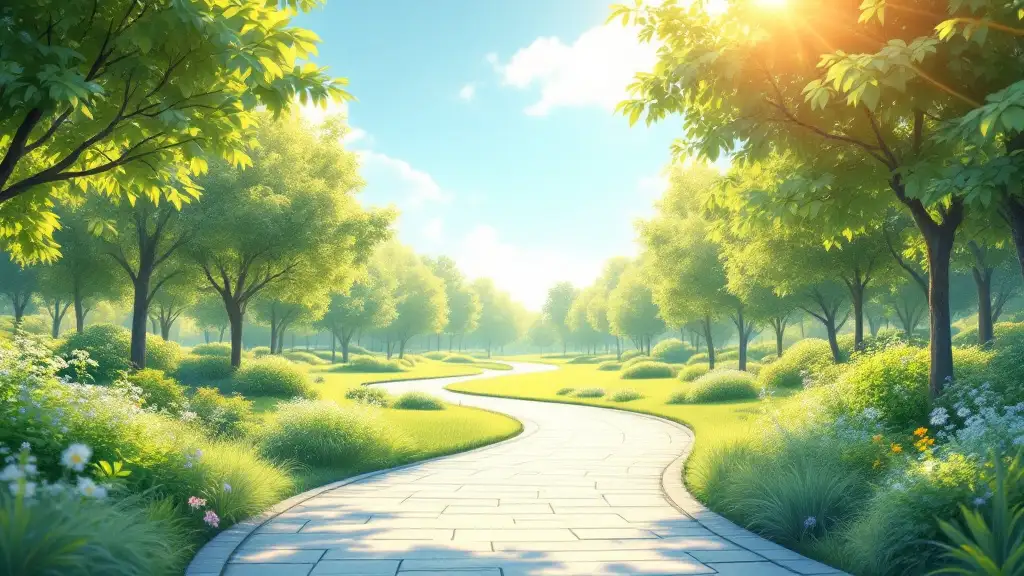
The Role Of Care Managers In Autism Life Planning

How To Teach Social Boundaries To Autistic Children

How Autistic Individuals Experience Empathy Differently
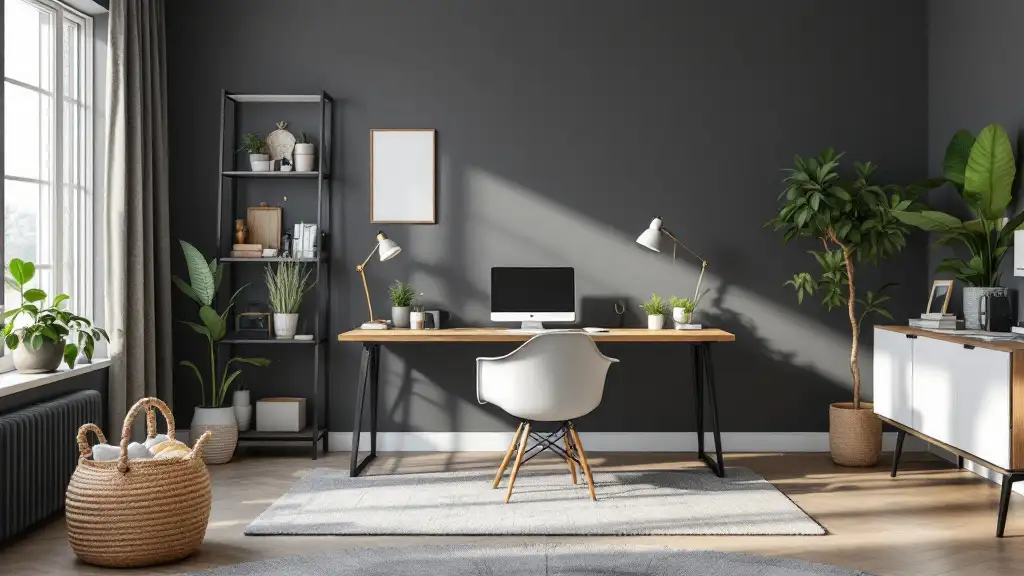
How To Support Autistic Employees In Remote Work Settings

Autism And The Relationship Between Motor Skills And Learning

How To Create Community Resource Guides For Autism Families

How To Teach Daily Living Skills To Autistic Teens

Autism And The Impact Of Mind-Body Practices On Stress Reduction

Autism And The Benefits Of Outdoor Group Activities

How To Create Autism-Friendly Sensory Paths In Schools

Best Practices For Autism-Friendly Park And Recreation Areas

Autism And Strategies For Reducing School Refusal

Supporting Autistic Individuals In Public Speaking

The Role Of Diet In Managing Autism Symptoms

The Benefits Of Gardening Clubs For Autism Social Development

How To Prepare Autistic Children For Dental Visits

Autism And Employment: Career Paths That Work

Best Practices For Autism-Friendly Hotels And Lodging
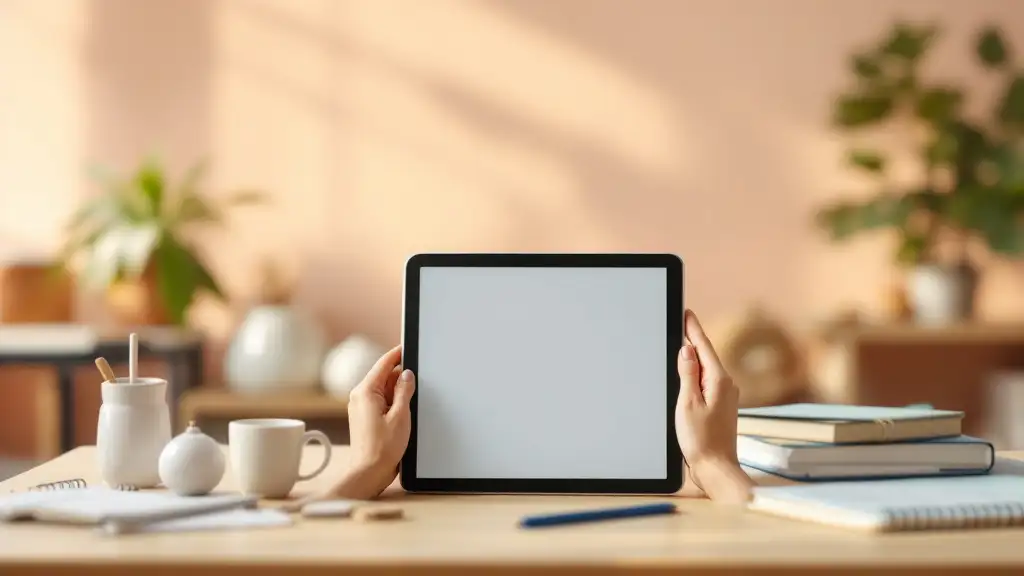
The Impact Of Screen Time On Autism Development
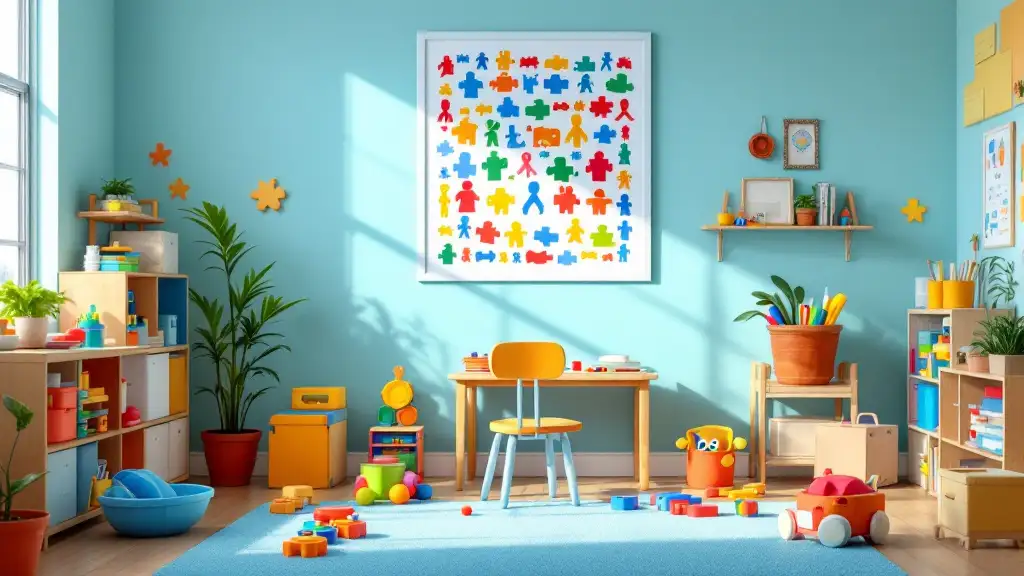
Autism Screening Tools For Early Childhood

The Role Of Physical Exercise In Autism Therapy

Best Strategies For Supporting Autistic College Students

The Role Of Technology In Autism Early Detection

Sensory-Friendly Classroom Design Ideas For Autistic Students

The Role Of Speech Therapy In Building Social Communication Skills
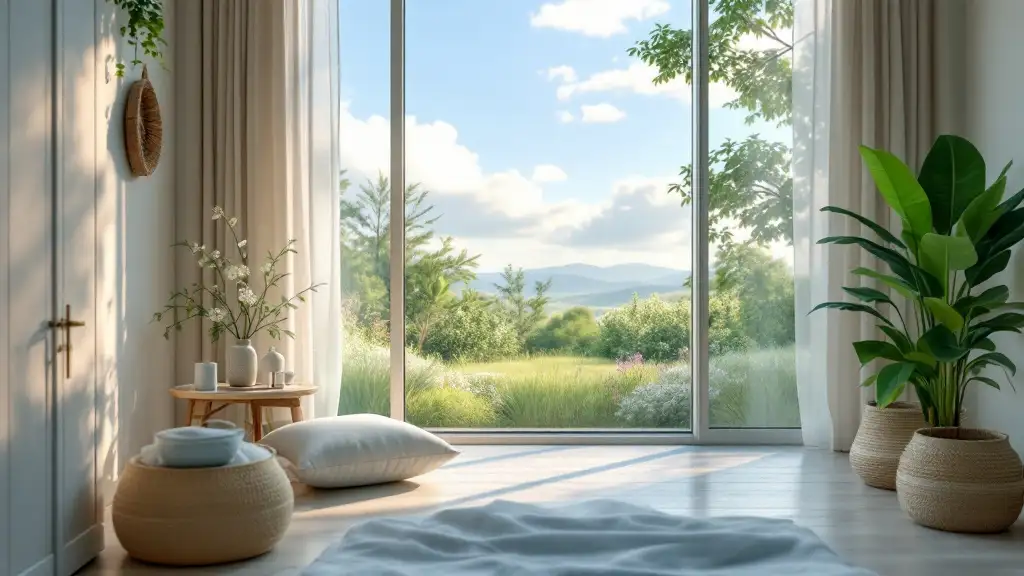
Best Strategies For Handling Autistic Burnout In Adults

Autism And The Importance Of Predictability In Routine

Autism And Peer Education: Teaching Acceptance In Schools
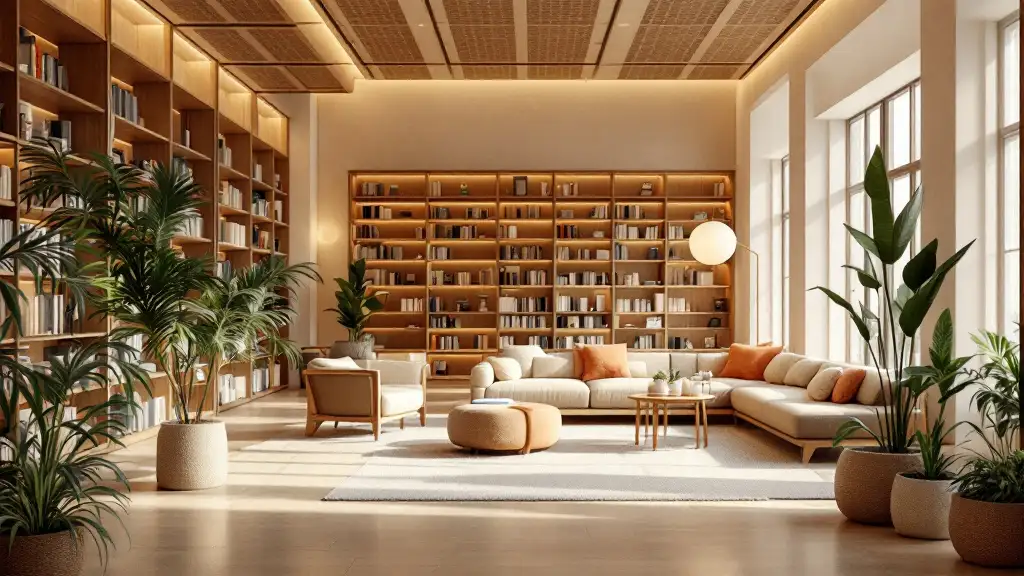
Best Practices For Sensory-Friendly Libraries And Reading Rooms

Self-Advocacy Skills For Autistic Adults
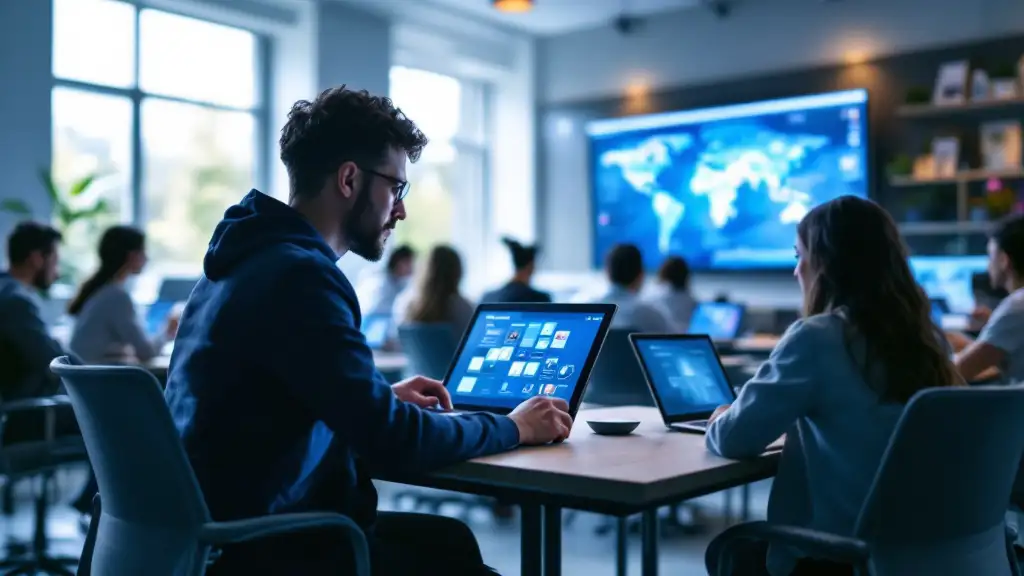
The Role Of Technology In Autism Peer Communication

Promoting Physical Activity In Children With Autism
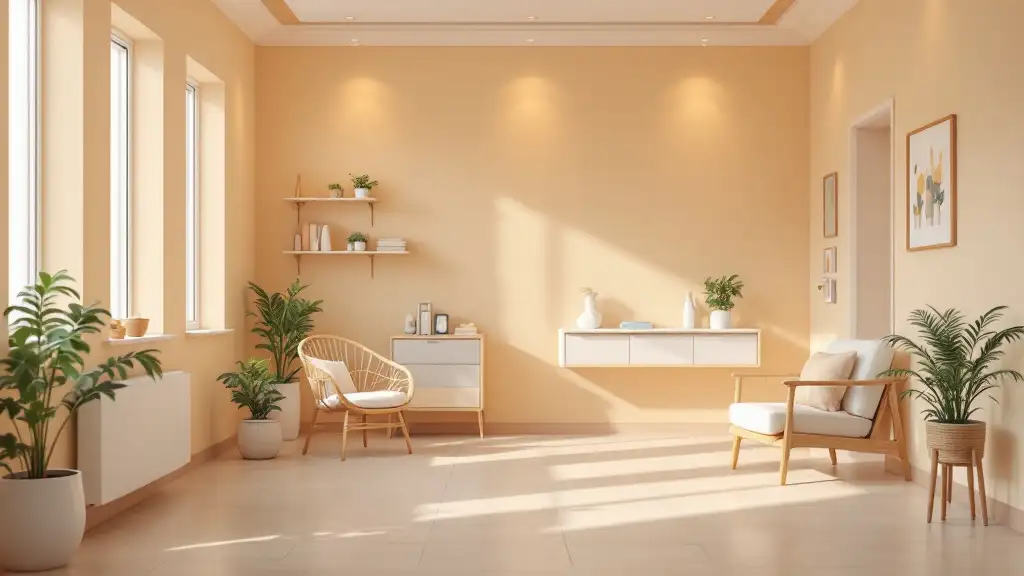
How To Prepare Autistic Children For Medical Procedures

The Role Of Social Media In Autism Advocacy And Awareness

The Impact Of Sensory Rooms In Public Facilities For Autism

How To Create An Autism-Friendly Holiday Celebration

Best Practices For Inclusive Education For Autistic Students

Autism And Mental Health: Recognizing Signs Of Distress
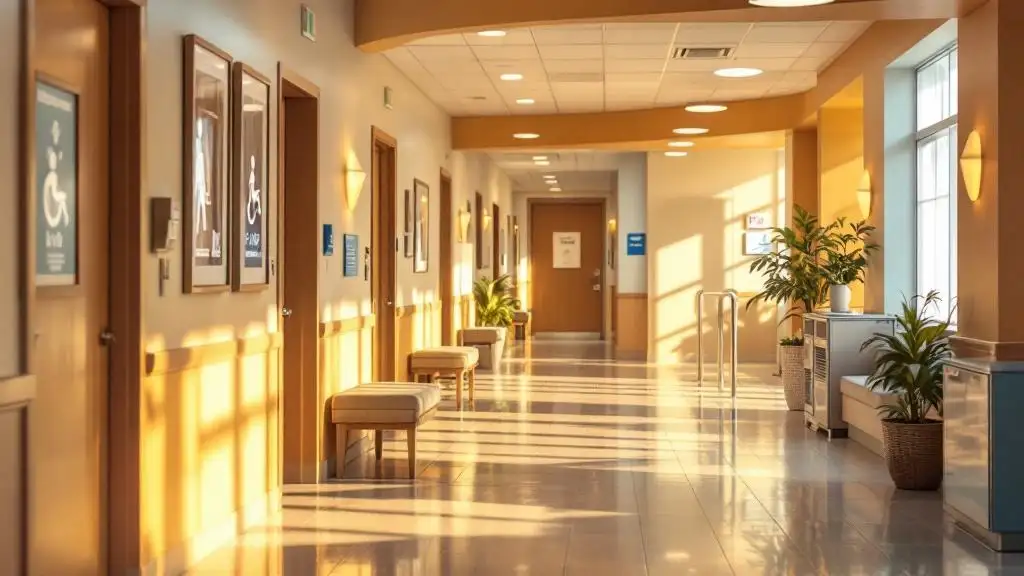
Best Practices For Sensory-Friendly Waiting Rooms

The Role Of Teachers In Early Autism Red Flag Identification

Autism-Friendly Housing Design Features

Autism-Friendly Housing Design Features
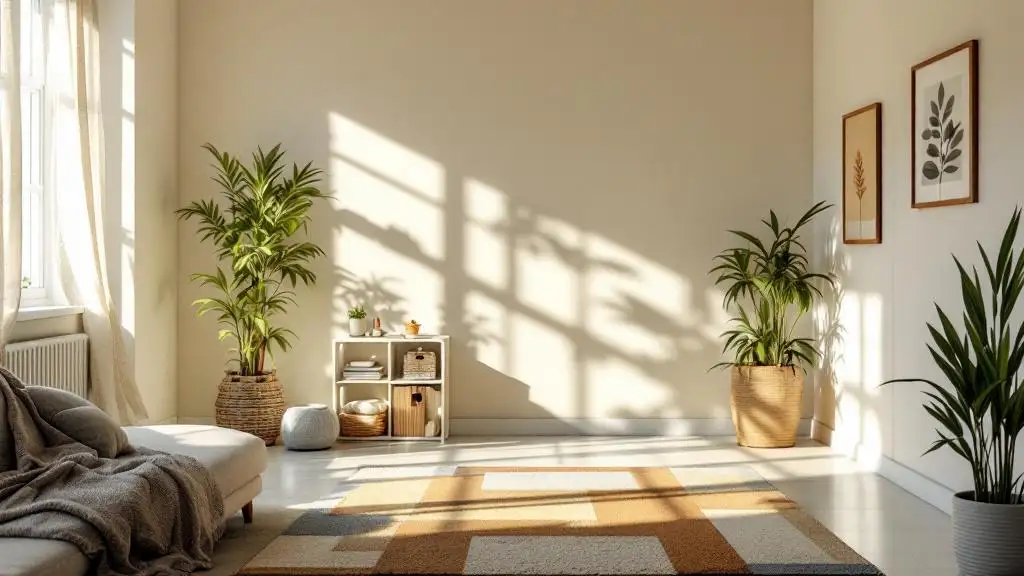
How Environmental Modifications Improve Autism Outcomes

Autism And Technology-Based Learning Tools

Supporting Autistic Children Through Changes In Routine

The Link Between Autism And Working Memory Challenges

Best Practices For Autism-Friendly Cooking Classes

Autism And The Benefits Of Structured Music Lessons

Best Books To Teach Kids About Autism Acceptance

Sensory Diets And Their Benefits For Autism Management

How To Prepare Autistic Teens For Driver’s Education

How To Teach Autistic Teens About Healthy Relationships

The Role Of Visual Prompts In Building Daily Habits For Autism

Addressing Sleep Regression In Children With Autism

Understanding Social Stories And How They Help Autistic Children

Navigating Insurance Coverage For Autism Therapy Services

How To Prepare Autistic Adults For Independent Travel

Supporting Autistic Individuals In Volunteer Work

How Mindfulness Practices Can Support Autism Well-Being

Understanding Hyperfocus And Special Interests In Autism

Understanding Stimming As A Self-Regulation Tool

Sensory-Based Interventions For Autism At Home

Best Ways To Introduce Self-Advocacy In Autistic Teens

Best Ways To Support Autistic Employees In Customer Service Roles

Best Practices For Autism-Friendly Volunteer Programs

Autism And The Benefits Of Sensory Play For Emotional Growth

Autism And Strategies For Building Peer Relationships

Understanding How Autism Affects Memory Processing

Autism And Strategies For Building Coping Skills In Teens

The Role Of Parent Training In Autism Intervention Programs

Autism-Friendly Workplace Accommodations

Using Visual Timers For Autism Time Management

What Is ABA Therapy?

Autism and Sleep

Do Plastic Toys Cause Autism?

Autism Facial Expressions

Autism and Motor Skills

Which Parent Carries The Autism Gene?

Autism Symbols & Colors

Rett Syndrome: Symptoms, Causes, and Treatment

Self-Diagnosed Autism

Autism and Sound Sensitivity

Autism With Speech Delay
We’re All About You, Your Family, and Your Child

